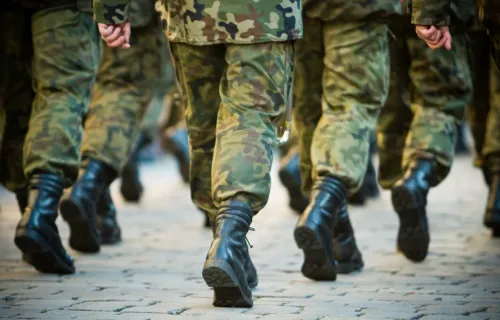Delivering real-time visibility with CGI’s Merlot management system
“Real-time data on our units has revolutionized the way we work at Helsinki City Rescue Department. It has enabled us to continue in providing excellent service in our operating environment that is becoming ever more complex. We are now able to ensure that our crews and units are precisely prepared for specific incidents – and we are able to use our assets more quickly and efficiently.”
Mr. Yrjö Niiranen, Operational Fire Chief, Helsinki City Rescue Department
Finland’s largest fire and rescue service, Helsinki City Rescue Department, is responsible for monitoring and inspections of fire prevention measures, fire and rescue operations and medical rescue operations in the Helsinki area. In order to gain a real-time view of its operations, the Rescue Department partnered with CGI to implement an automatic vehicle locating (AVL) system with dispatching facility. The system provides up-to-date information from the field and enables more efficient resource management, better personnel safety and faster reaction time.
The challenge
Like other emergency services organizations, Helsinki City Rescue Department faces a world of growing complexity. People are more and more mobile, and globalization is increasing cross-border traffic. Rescue services must be able to coordinate with, and work effectively between, different organizations and authorities.
Our solution
CGI’s Merlot management AVL system automatically collects and distributes information about all of the Rescue Department units, providing real-time visibility into unit location and status (e.g., available, on mission, returning, on break or undergoing maintenance) as well as its onboard equipment and the equipment condition.
This information is critical to the Rescue Department’s preparedness, and thus the quality of its services. Real-time visibility enables the Rescue Department to ensure that the right units get to the right incidents as quickly as possible. It also allows crews to be better prepared for incidents by providing up-to-date information on the risks of buildings, such as the presence of hazardous chemicals.
The system equips the Rescue Department with all necessary functionality for AVL, unit dispatching, remote monitoring and alarming, with two-way online data messaging. Situations like “resource vacuums” – when no resources are available in certain geographic areas – are monitored proactively by managers to minimize impacts.
The AVL system:
- Combines positioning techniques, geographic information systems (GIS), and wireless communications, among other technologies
- Is integrated with a real estate information system, hazardous materials databases, operative manuals and workflow management systems
- Comprises three command centers, 20 office displays and 80 mobile data terminals. Detailed map views, including status checks on individual units, have enabled dispatchers to coordinate responses to and at the target destination. Crews are guided, informed and assisted at the scene. They can also access details suchas hydrants available and other utilities to aid emergency units on site.
The AVL system is also used for boats conducting rescue missions and tracking boat movements. Locations on nautical cards provide essential information for operative management during rescues.
While the AVL system has been in production use for years, it is constantly evolving to meet ever-changing challenges. As a client, Helsinki City Rescue Department is very active in developing new ideas to enhance the system. CGI has worked closely with the client since 2002 to advance the Rescue Department’s operative functions with Merlot management system.




